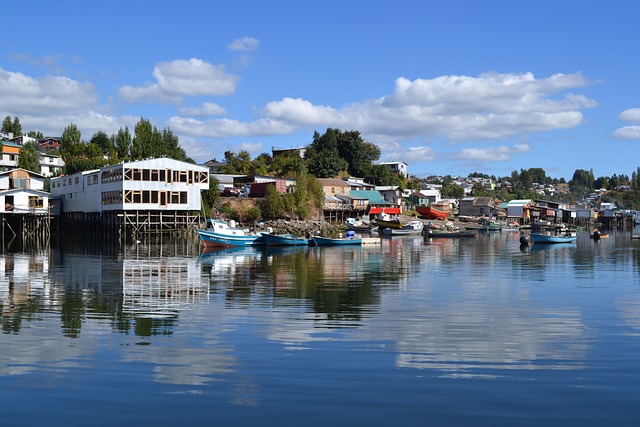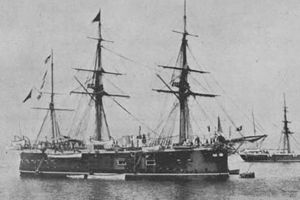In issue number 16 of our collection we have gotten to know the legend of the Three Pascualas and learned more about the history and geography of the Region of Biobio. To make sure you don’t forget this material, we invite you to go over this summary and answer a few questions.
The Three Pascualas
– In Concepcion, there lived three sisters known as the three Pascualas who did their laundry together in a lagoon. One version of the legend says the sisters fell in love with the same man. He seduced them and then left them. So, they decided to end their lives by hurling themselves into the lagoon.
1. Where did the three Pascualas do their laundry?
2. How did the three sisters take their own lives?
Region of Biobio
– The northern border of the Region of Biobio is the Region of el Maule; its southern border is the Region of Araucania; the eastern border is Argentina and the western border is the Pacific ocean.
– The capital is Concepcion and it is administratively split into four provinces: Ñuble, Biobio, Concepcion and Arauco.
– It has a surface area of 37,068.7 km2 and a population of 1,861,562 residents (2002 Census). Population density is 50.2 inhabitants per km2.
1. What are the borders of the Region of Biobio?
2. How many provinces does this region have?
3. What is the regional population density?
History and geography
– The two indigenous cultures that lived in the Region of Biobio were the Pitren and the El Vergel cultures.
– The four geographic forms of relief found in this region are coastal plains, the Coastal mountain range, the intermediate depression and the Andes mountains.
– South of the Biobio river, the Coastal mountain range is called the Nahuelbuta mountain range.
1. Which are this region’s indigenous cultures?
2. What is the name of the Coastal mountain range south of the Biobio river?





 La Escuadra Nacional bloquea el puerto de El Callao
La Escuadra Nacional bloquea el puerto de El Callao